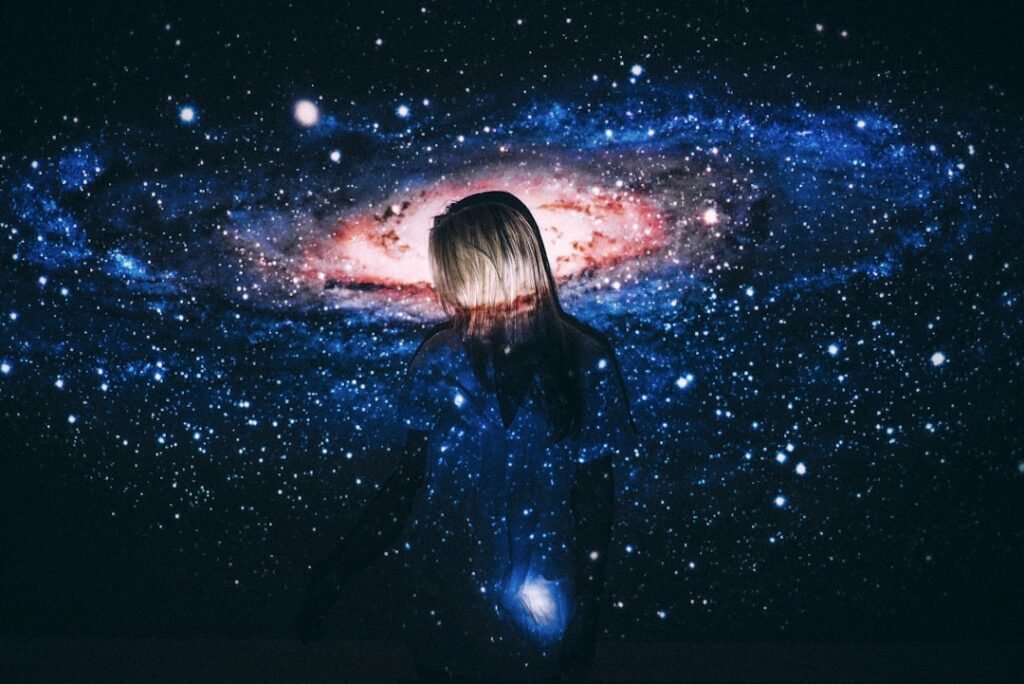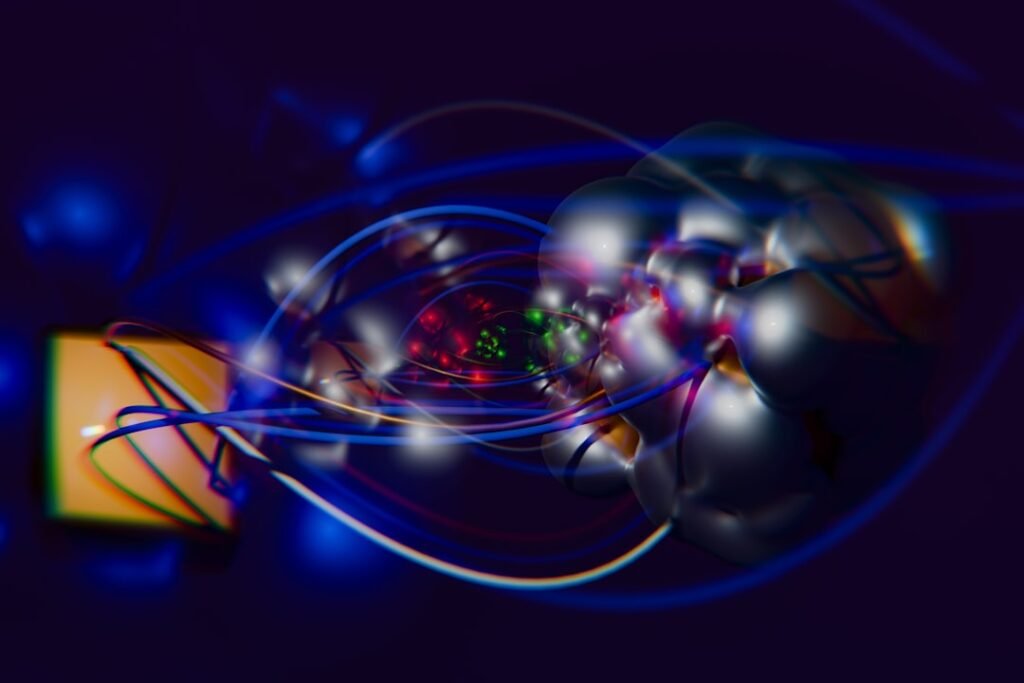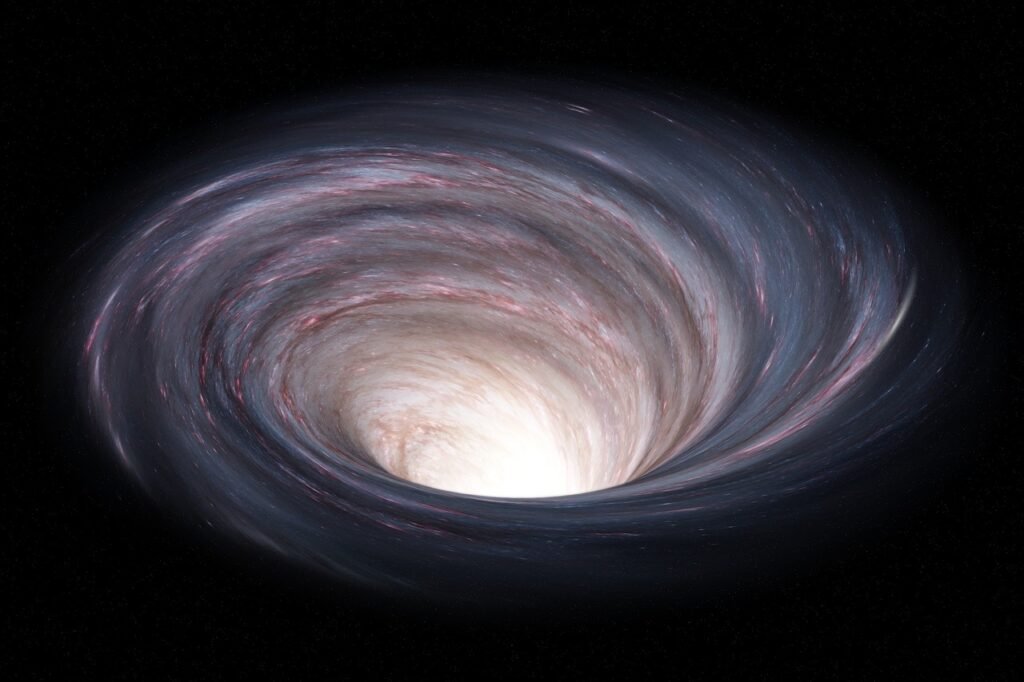Science fiction television has given us everything from time-traveling doctors to chemist-turned-drug kingpins, but most of the time, the “science” part gets pretty mangled in the name of entertainment. Yet there’s something magical when a show actually gets it right – when real scientific principles shine through the dramatic storytelling. These rare gems don’t just entertain us; they educate us, inspire future scientists, and prove that accuracy doesn’t have to be boring. While Hollywood often treats physics like a suggestion and biology like a rough guideline, some TV scientists have managed to stay remarkably true to their fields while still delivering compelling drama.
Walter White’s Chemistry Was Disturbingly Accurate

Breaking Bad’s Walter White might have been a monster, but his chemistry knowledge was spot-on. The show’s creators worked with real chemists to ensure that Walter’s methods, reactions, and even his explanations of chemical processes were scientifically sound. From the thermite reaction that burned through Tuco’s floor to the mercury fulminate explosion (though the dramatic effect was exaggerated), the chemistry held up under scrutiny. The show even correctly depicted how pseudoephedrine could be extracted from cold medicine, though they wisely left out some crucial steps to prevent copycat crimes. What made Walter particularly believable was how he explained complex chemical concepts in simple terms, exactly like a high school teacher would. His passion for the elegance of chemistry – the way he described cooking as an art form governed by precise scientific principles – felt authentic because it was rooted in real science.
Temperance Brennan’s Forensic Anthropology Expertise

Dr. Temperance “Bones” Brennan brought forensic anthropology into the mainstream with remarkable accuracy. The show worked closely with the Smithsonian Institution, and many of the techniques shown were actually used in real forensic investigations. Brennan’s ability to determine age, sex, ancestry, and cause of death from skeletal remains reflected genuine scientific methods used by forensic anthropologists. The show accurately portrayed how bone analysis could reveal everything from childhood malnutrition to occupational hazards, and how microscopic examination could uncover evidence invisible to the naked eye. Even her social awkwardness rang true – many scientists who spend their careers focused intensely on their specialized fields do struggle with casual social interactions. The technical jargon she used wasn’t just scientific-sounding gibberish; it was actual terminology from the field of forensic anthropology.
Sheldon Cooper’s Theoretical Physics Foundation

Despite being a comedy, The Big Bang Theory took Sheldon Cooper’s physics seriously. The show employed real physicists as consultants, and Sheldon’s work on string theory, his equations on whiteboards, and his scientific references were generally accurate. His obsession with scientific precision, his knowledge of physics history, and his ability to explain complex concepts reflected how real theoretical physicists think and work. The show correctly portrayed the collaborative nature of scientific research, the peer review process, and the excitement that comes with theoretical breakthroughs. Sheldon’s personality quirks, while exaggerated for comedy, actually aligned with traits common among highly specialized scientists – the intense focus, the difficulty with change, and the tendency to prioritize logic over social conventions. His excitement about scientific discoveries and his deep knowledge of physics literature felt genuine to anyone familiar with academic science.
Dr. Spencer Reid’s Psychological Profiling Methods

Criminal Minds’ Dr. Spencer Reid brought legitimate psychological science to crime solving, even if the show dramatized the speed of his deductions. His use of statistical analysis, behavioral psychology, and cognitive science to create criminal profiles was based on real FBI profiling techniques developed by the Behavioral Analysis Unit. Reid’s photographic memory and rapid processing abilities, while extraordinary, represented actual cognitive phenomena that exist in rare individuals. The show accurately depicted how psychological profilers analyze crime scenes, victim selection, and behavioral patterns to narrow down suspect characteristics. His knowledge of psychology, sociology, and criminology was extensive and accurate, reflecting the interdisciplinary nature of real forensic psychology. Reid’s awkward social interactions and his intense focus on intellectual pursuits also rang true for many people with exceptional analytical minds.
Abby Sciuto’s Forensic Science Was Surprisingly Solid

NCIS’s Abby Sciuto might have been quirky, but her forensic science was remarkably accurate. The show’s portrayal of DNA analysis, ballistics testing, and trace evidence examination reflected real laboratory procedures used by forensic scientists. Abby’s enthusiasm for her work and her ability to find crucial evidence in seemingly impossible situations, while dramatized, showcased genuine forensic techniques. Her use of mass spectrometry, chromatography, and other analytical instruments was scientifically sound, and her explanations of how these tools worked were surprisingly educational. The show correctly depicted the time-intensive nature of forensic analysis, even though they compressed weeks of real-world processing into episode-friendly timeframes. Abby’s personality – the combination of scientific rigor with creative thinking – actually reflected how many real forensic scientists approach their work, using both methodical analysis and innovative problem-solving.
Jack Hodgins’ Entomology and Geology Expertise

Also from Bones, Dr. Jack Hodgins brought two scientific disciplines to life with impressive accuracy. His use of insect evidence to determine time of death, location of death, and other forensic details reflected real entomological methods used in criminal investigations. The show correctly portrayed how different insects colonize bodies at predictable rates and how environmental factors affect decomposition and insect activity. Hodgins’ geological knowledge was equally sound – his ability to trace soil samples, analyze mineral compositions, and determine geographic origins of evidence showcased legitimate forensic geology techniques. His passion for “creepy crawlies” and rocks might have seemed odd to his colleagues, but it accurately reflected the specialized interests that drive many scientists. The show even got the equipment right, from microscopes to soil analysis tools, making Hodgins’ lab feel like a real forensic facility.
Ducky Mallard’s Medical Examiner Precision

NCIS’s Dr. Donald “Ducky” Mallard represented one of television’s most accurate portrayals of a medical examiner. His autopsy procedures, cause-of-death determinations, and forensic pathology expertise were consistently grounded in real medical science. Ducky’s ability to extract detailed information from bodies – determining everything from the weapon used to the victim’s last meal – reflected genuine forensic pathology techniques. The show accurately portrayed the methodical nature of autopsy procedures and the importance of documenting every detail for legal proceedings. His extensive medical knowledge, from anatomy to toxicology, was presented accurately, and his explanations helped viewers understand complex medical concepts. Even his tendency to relate historical anecdotes while working reflected the broad knowledge base that many experienced medical professionals develop over their careers.
Leonard Hofstadter’s Experimental Physics Accuracy

Leonard from The Big Bang Theory represented experimental physics with impressive fidelity to actual scientific practice. His laser experiments, his work with particle accelerators, and his research methods reflected real experimental physics procedures. The show accurately portrayed the careful, methodical approach required for experimental work and the importance of controlling variables to obtain reliable results. Leonard’s frustrations with equipment failures, funding issues, and the slow pace of scientific progress rang true for anyone who’s worked in research. His collaborative relationships with other scientists and his presentation of research findings at conferences mirrored the real academic world. The show even got the technical details right, from the equipment in his lab to the safety procedures required for laser work, making Leonard’s scientific environment feel authentic.
Gil Grissom’s Entomological Forensics

CSI’s Gil Grissom brought forensic entomology into popular culture with remarkable scientific accuracy. His use of insects to solve crimes was based on real forensic techniques, and his knowledge of insect behavior, life cycles, and environmental preferences was scientifically sound. The show correctly portrayed how different species of flies and beetles colonize bodies in predictable patterns and how temperature, humidity, and location affect these processes. Grissom’s calm, methodical approach to crime scene analysis and his ability to read subtle environmental clues reflected the observational skills that real forensic scientists develop. His passion for insects and his deep knowledge of their behavior patterns were presented authentically, showing how specialized scientific knowledge could be applied to criminal investigations. The show even accurately depicted the equipment and techniques used in entomological analysis.
Samantha Carter’s Astrophysics and Engineering

Stargate SG-1’s Major Samantha Carter broke ground as a female scientist character whose expertise was both deep and accurate. Her knowledge of astrophysics, theoretical physics, and engineering was consistently presented with scientific rigor, even within the science fiction framework of the show. Carter’s ability to understand alien technology by applying real scientific principles made her character believable and inspiring. The show correctly portrayed the interdisciplinary nature of advanced scientific work and how theoretical knowledge could be applied to practical engineering problems. Her explanations of complex scientific concepts were accurate enough to be educational while remaining accessible to general audiences. Carter’s character also accurately reflected the experience of many women in STEM fields, showing both the challenges and the rewards of pursuing science in male-dominated environments.
What Made These Characters Special

These scientists stood out because their creators understood that real science is inherently dramatic and doesn’t need to be dumbed down or sensationalized to be entertaining. They showed their work, explained their reasoning, and followed logical scientific processes even within fictional scenarios. Their passion for their fields felt genuine because it was rooted in actual scientific wonder and curiosity. The writers behind these characters did their homework, consulting with real experts and ensuring that the science could withstand scrutiny from knowledgeable viewers. Most importantly, these characters demonstrated that intelligence and scientific thinking are heroic qualities that can drive compelling storytelling.
The Impact on Real Science Education

These scientifically accurate characters had a measurable impact on public understanding of science and scientific careers. Studies showed increased interest in forensic science programs after CSI aired, and physics enrollment saw upticks during The Big Bang Theory’s run. Young viewers, especially women, reported being inspired by characters like Temperance Brennan and Samantha Carter to pursue STEM careers. The shows made science accessible and exciting, showing that scientific work could be both intellectually challenging and personally rewarding. They also helped combat stereotypes about scientists being boring or antisocial by presenting complex, interesting characters who happened to be brilliant in their fields.
The Balance Between Drama and Accuracy
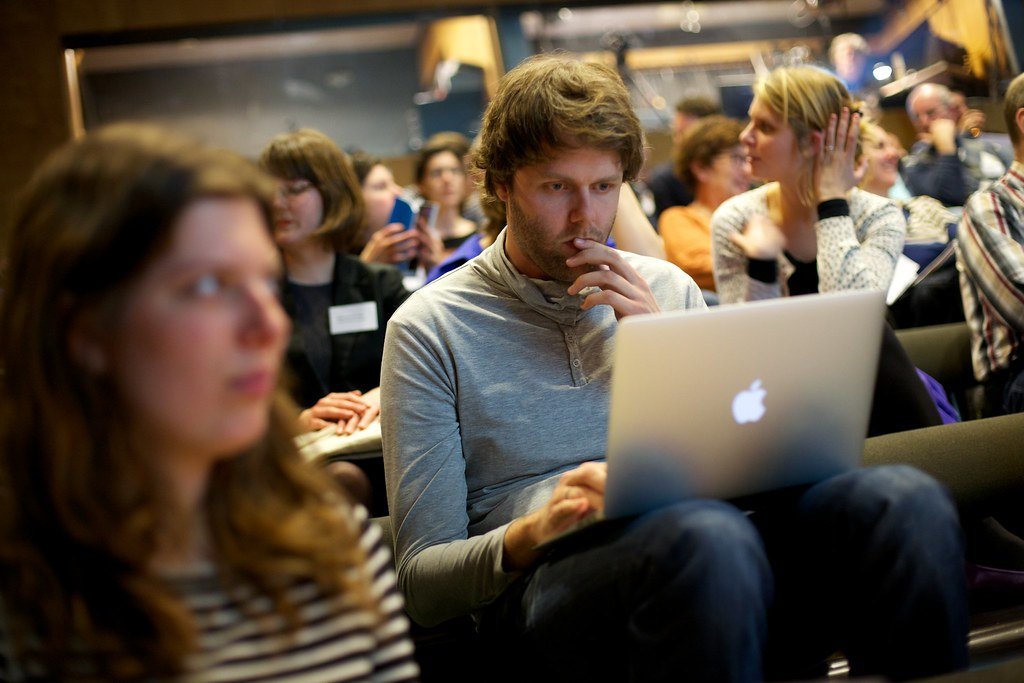
What these shows did right was finding the sweet spot between scientific accuracy and dramatic storytelling. They understood that real science has its own inherent drama – the thrill of discovery, the frustration of failed experiments, the satisfaction of solving complex problems. They didn’t need to invent fake science when real science was already fascinating. The time compression and dramatic pacing were acceptable shortcuts that didn’t compromise the underlying scientific principles. These shows proved that audiences are smart enough to appreciate accurate science and that educational content doesn’t have to sacrifice entertainment value.
Lessons for Future Science Television

The success of these scientifically grounded characters offers a roadmap for future television creators. Audiences appreciate authenticity and are hungry for content that respects their intelligence while teaching them something new. The key is collaboration with real experts, attention to detail, and understanding that science itself provides plenty of drama and conflict. Characters who are passionate about their work and skilled in their fields are inherently interesting, and their expertise can drive plot development in organic ways. The investment in scientific accuracy pays off in credibility, educational value, and audience respect.
Why Scientific Accuracy Matters in Fiction
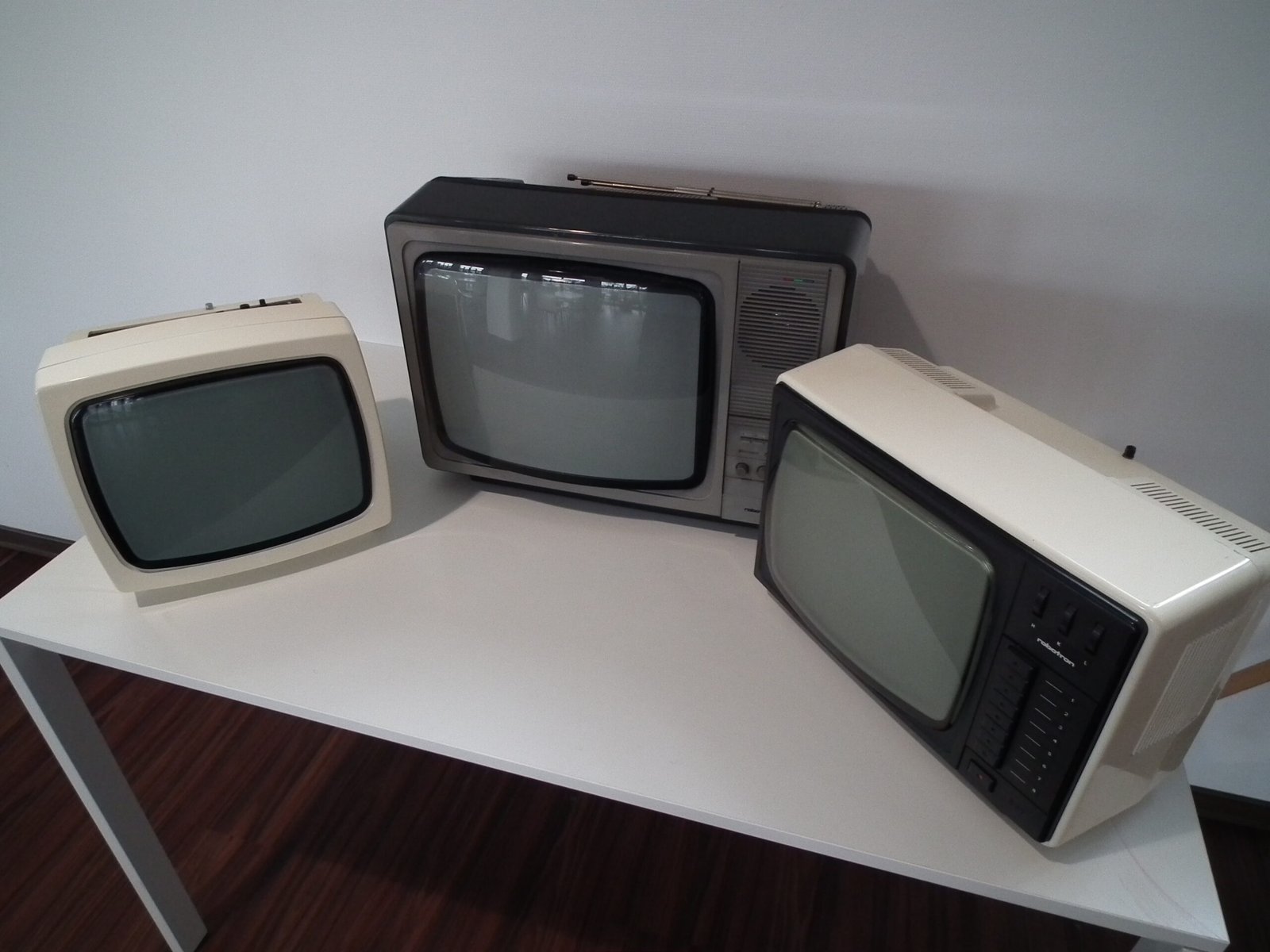
When television gets science right, it does more than entertain – it educates, inspires, and shapes public understanding of scientific fields and methods. These accurate portrayals help viewers develop scientific literacy and critical thinking skills that extend far beyond the fictional scenarios. They also help counter misinformation and pseudoscience by modeling what real scientific thinking looks like. For young viewers especially, seeing scientists as heroes and role models can influence career choices and life directions in profoundly positive ways. The responsibility that comes with portraying science on television is significant, and these shows met that challenge admirably.
These ten scientists proved that accuracy and entertainment aren’t mutually exclusive – they’re actually complementary forces that create more compelling, memorable, and impactful television. Their legacy continues to influence how science is portrayed in media and how audiences think about scientific careers and methods. What would television look like if more shows followed their example of respecting both the science and the audience?


